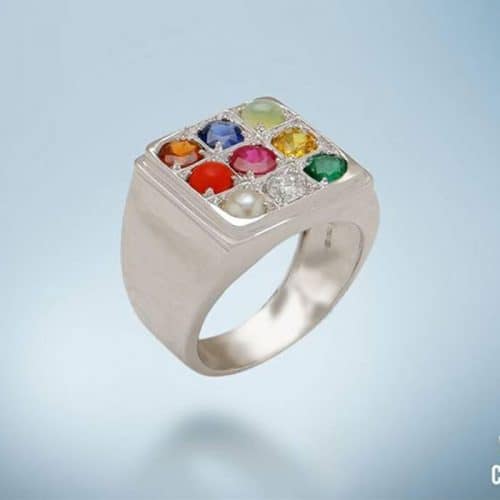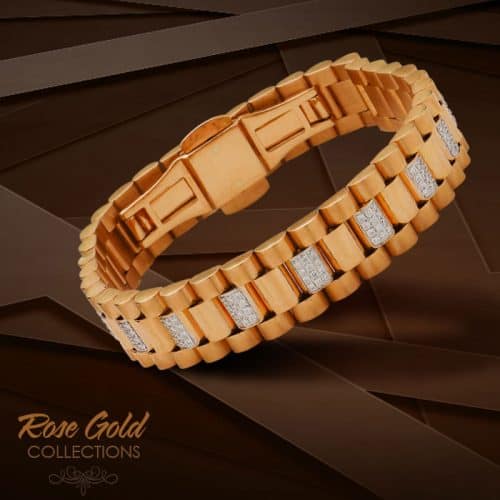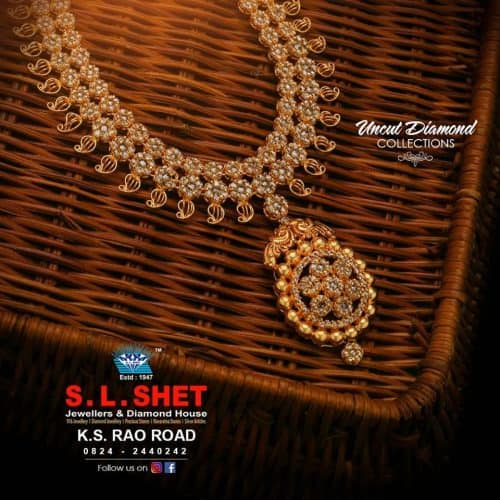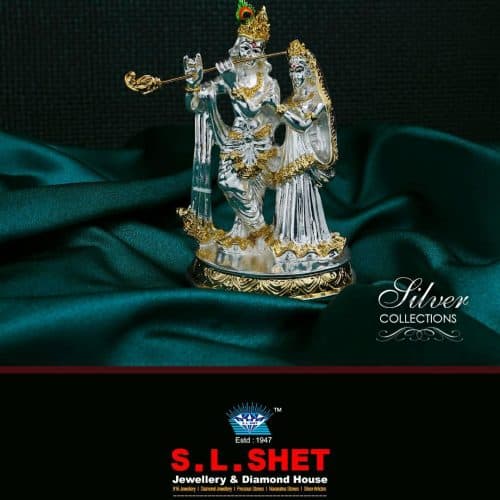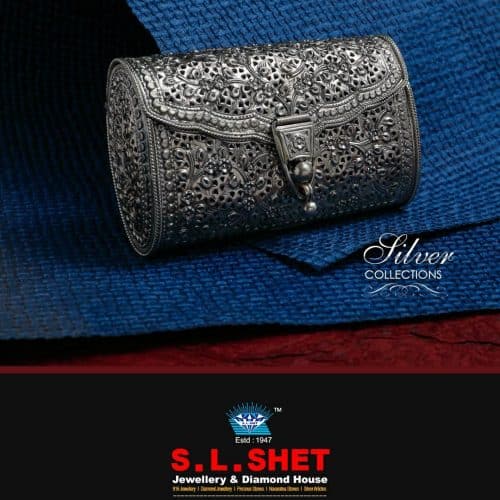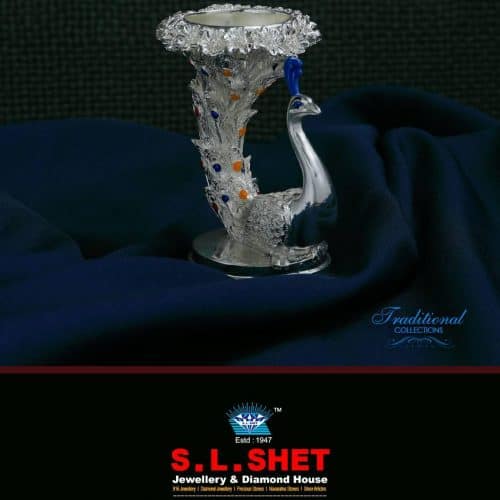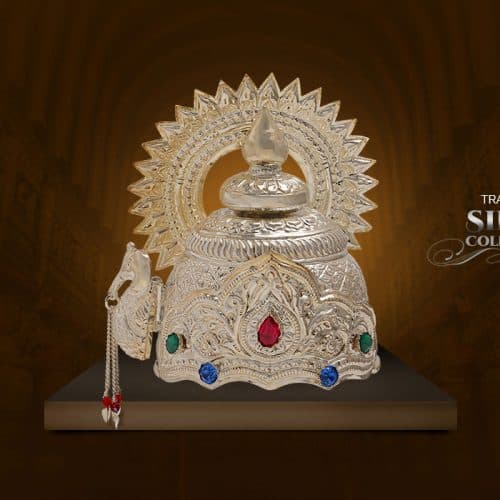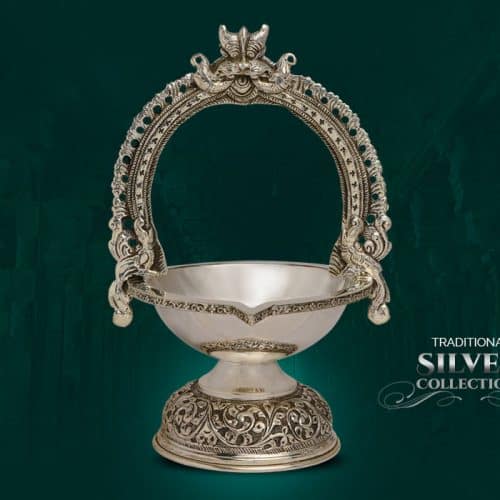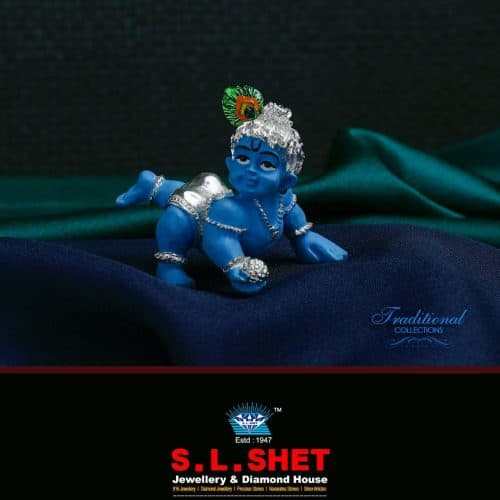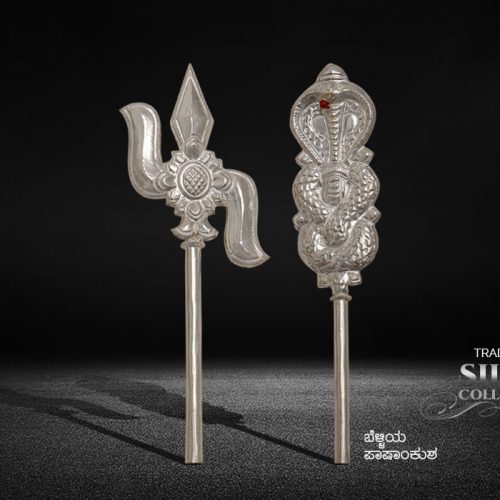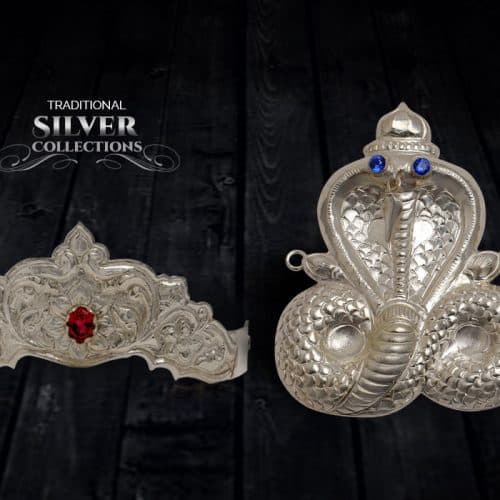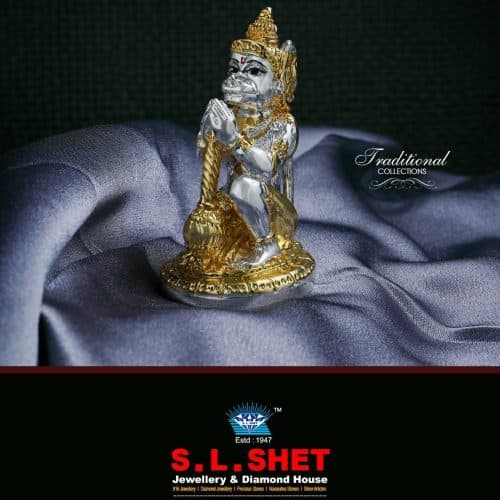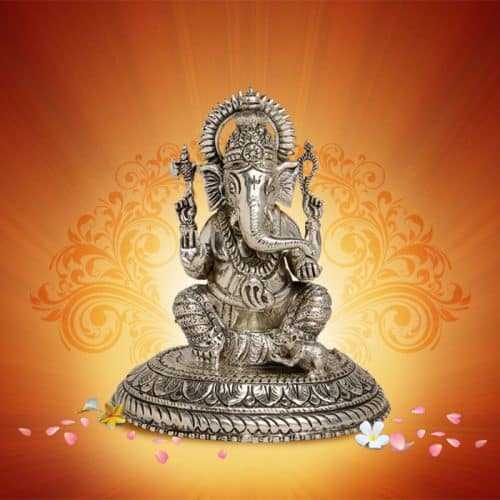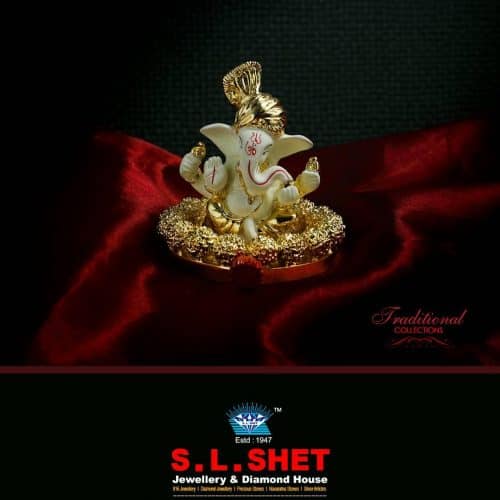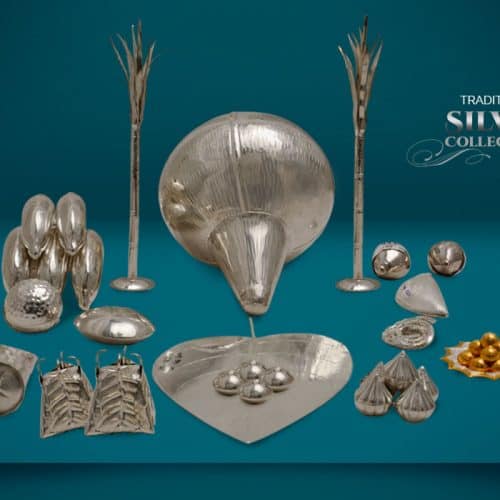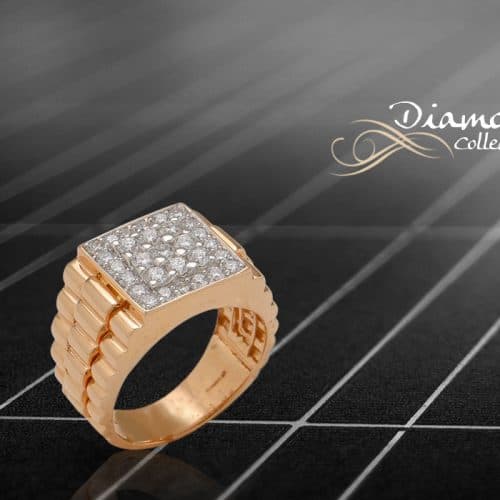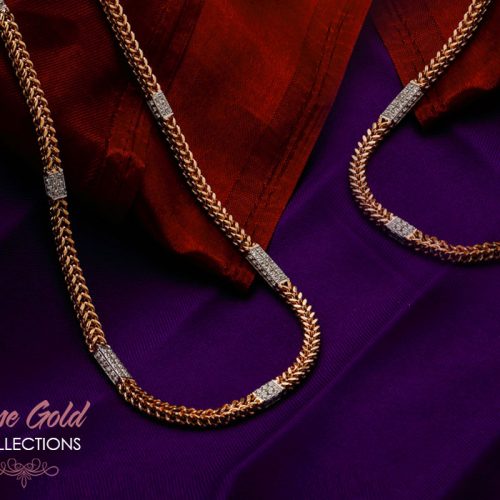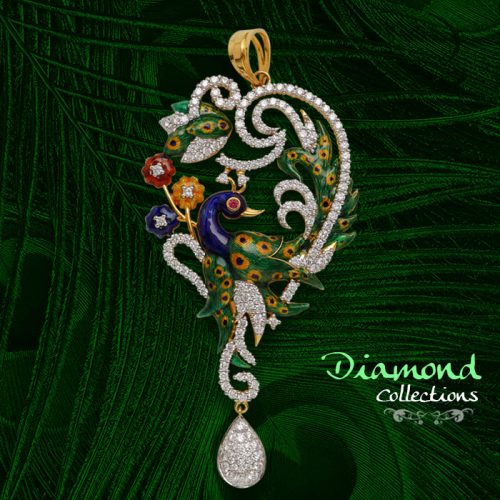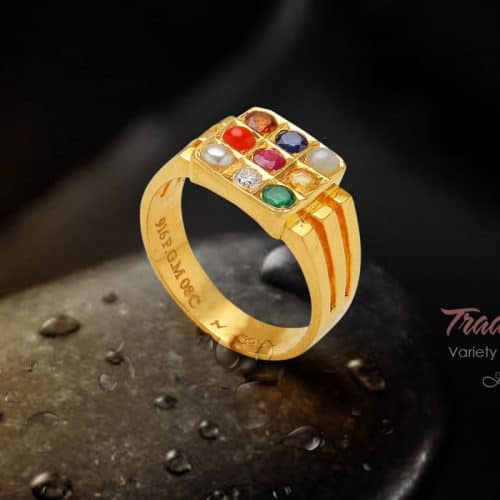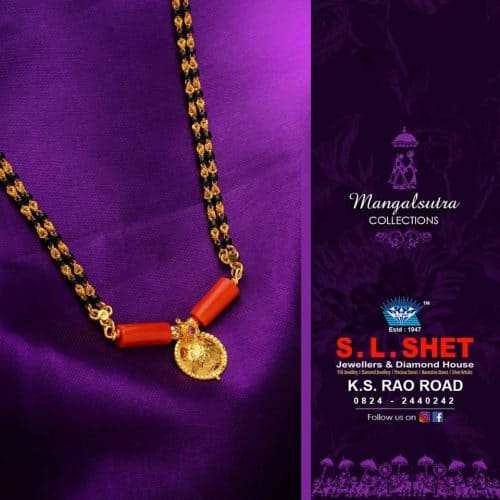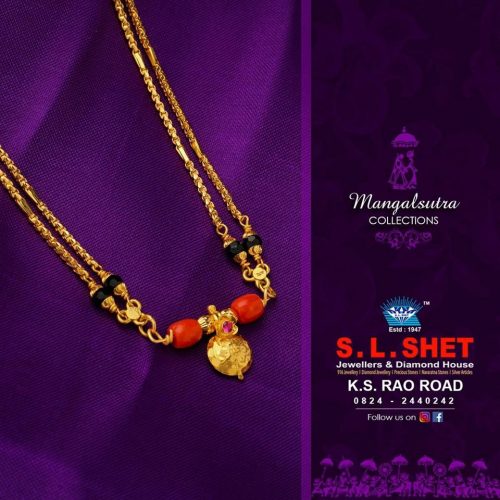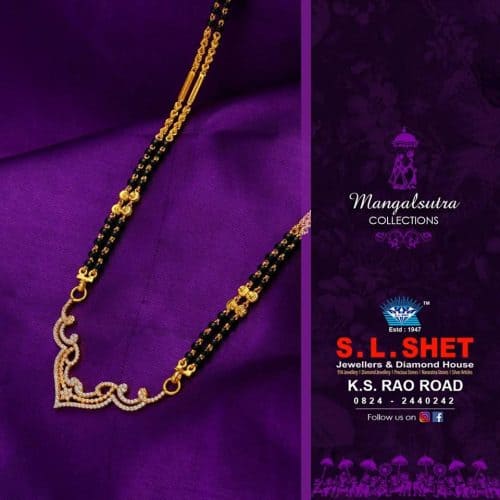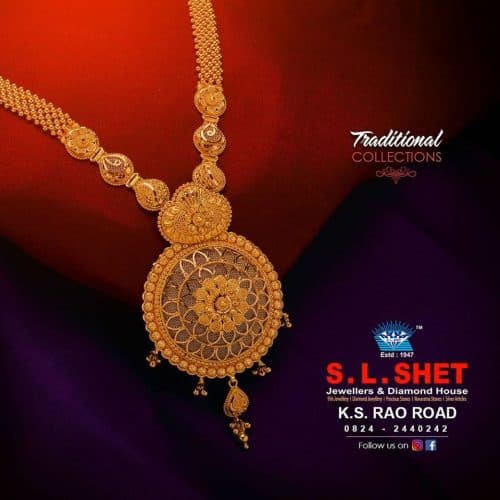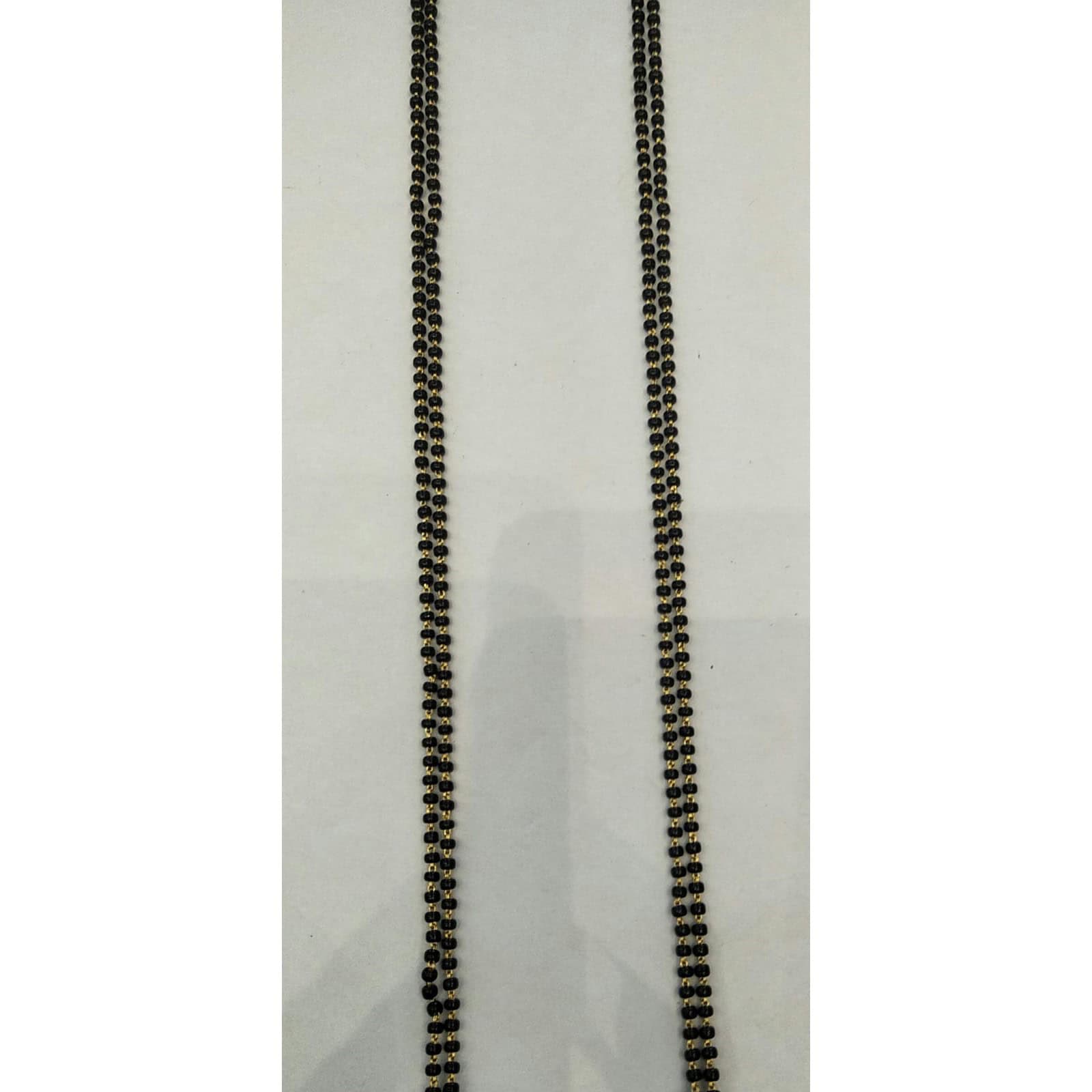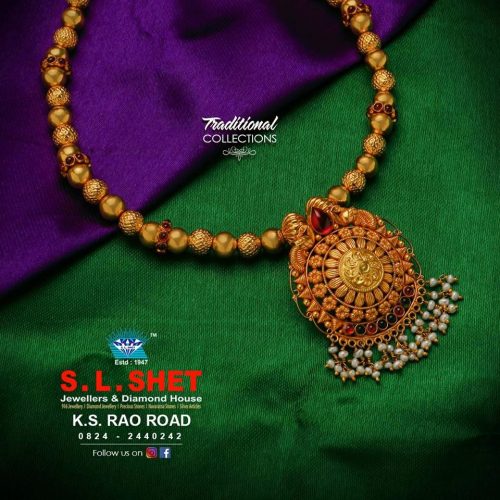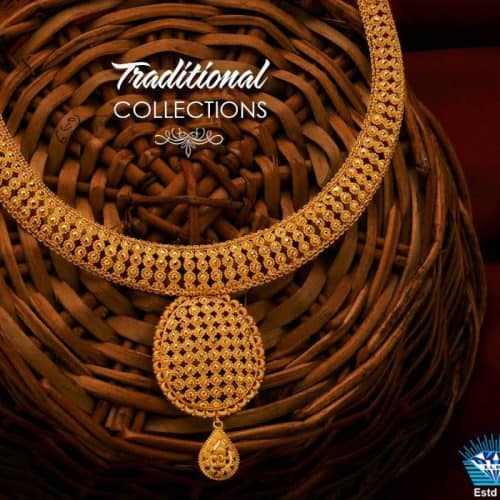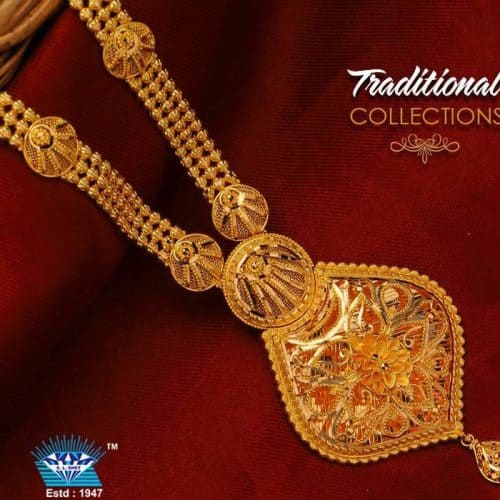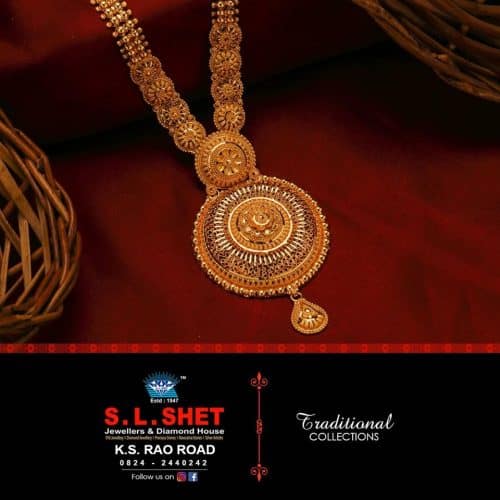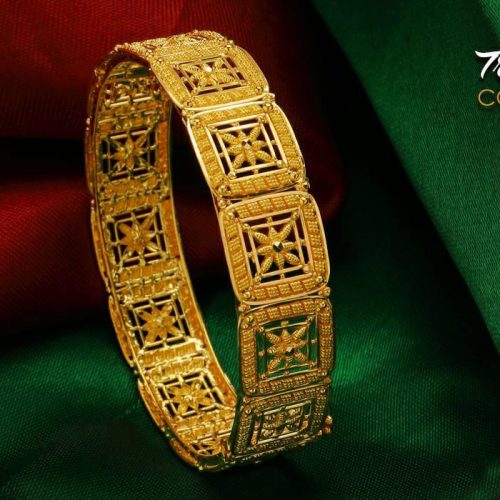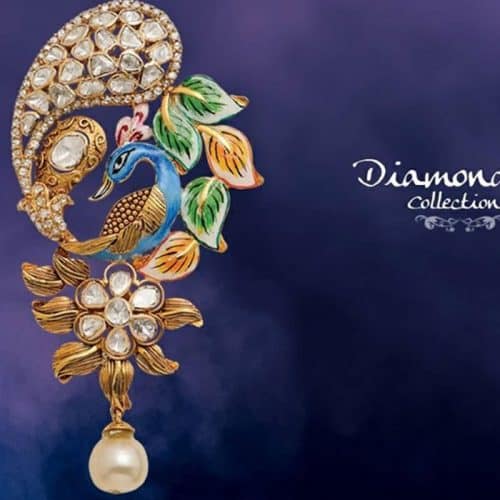-
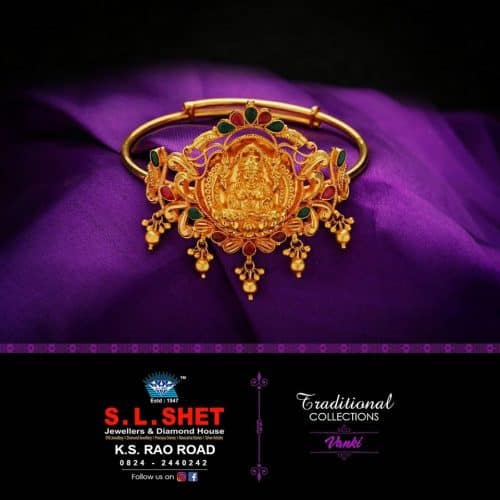
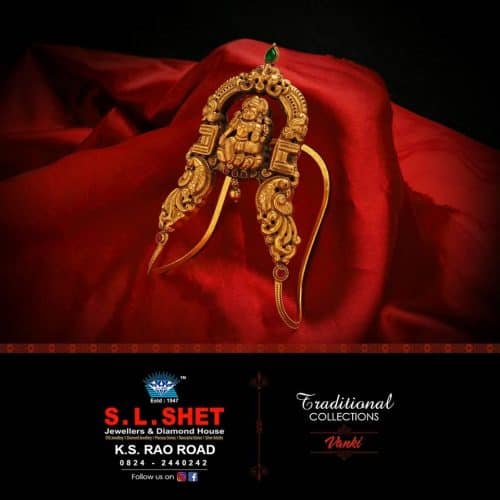 Bridal jewellery is never complete without the Vanki adorning the mehendi-clad hands of the stereotypical Indian bride.This jewellery with beautiful carvings make it look very regal. Traditional vanki of south India is from where the name originated. Also called as clutch form or the ara vanki they appear coiled with inverted V-shape gold work with precious stones. This is most commonly found in south India suiting the Indian bride. Goddess Lakshmi , peacock designs and designs relating Hindu history are the common pattern available in these jewels
Bridal jewellery is never complete without the Vanki adorning the mehendi-clad hands of the stereotypical Indian bride.This jewellery with beautiful carvings make it look very regal. Traditional vanki of south India is from where the name originated. Also called as clutch form or the ara vanki they appear coiled with inverted V-shape gold work with precious stones. This is most commonly found in south India suiting the Indian bride. Goddess Lakshmi , peacock designs and designs relating Hindu history are the common pattern available in these jewels -
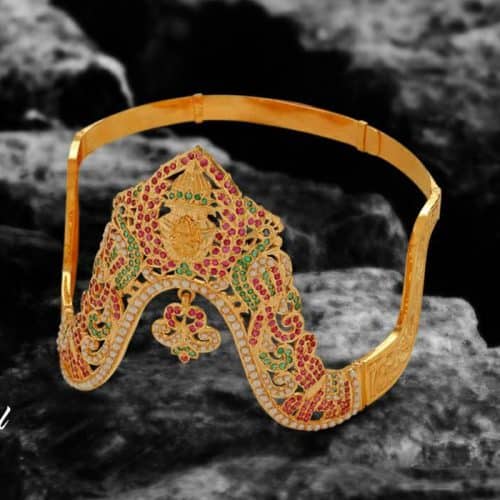
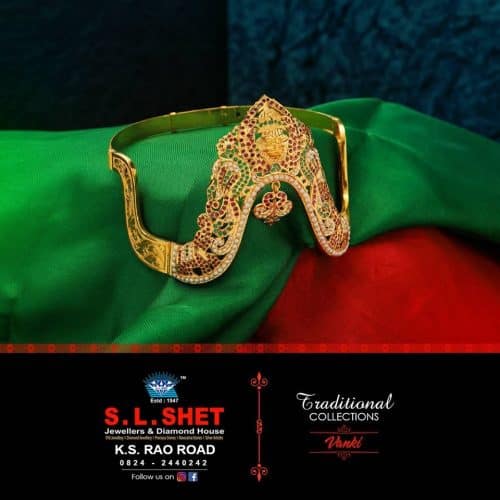 Gold jewellery holds deep-rooted significance in the culture of Karnataka. From wearing it every day to gifting it on special occasions, gold jewellery forms an irreplaceable part of the lives of people in this state. And when it comes to weddings, a quintessential Kannada bride's look is incomplete without the glitter of gold.
Gold jewellery holds deep-rooted significance in the culture of Karnataka. From wearing it every day to gifting it on special occasions, gold jewellery forms an irreplaceable part of the lives of people in this state. And when it comes to weddings, a quintessential Kannada bride's look is incomplete without the glitter of gold. -
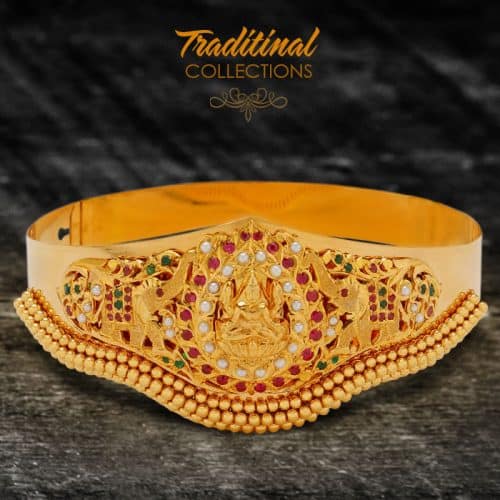
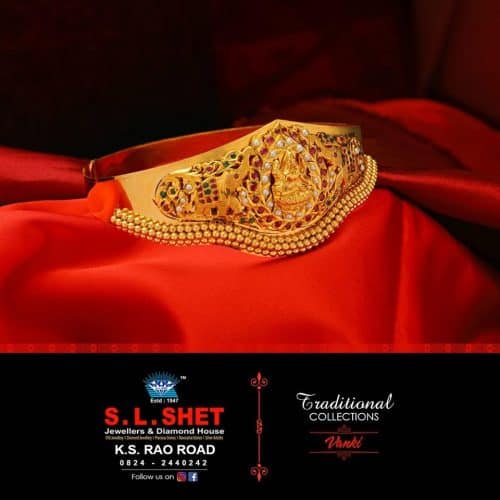 South Indian Traditional Bridal Wedding Jewellery. Vanki has been an Integral part of Indian Traditional Jewellery..Latest Collection of best Indian Vanki or Armlet Designs.South Indian jewellery styles and craftsmanship are traditional, grandiose and distinctive, clearly setting it apart from jewellery styles found in other states of India. Symbolizing strength, the Vanki is an armlet in the inverted V shape, made of gold, pearls and emeralds & rubies. Common motifs are images of goddesses, peacocks, elephants or serpents.
South Indian Traditional Bridal Wedding Jewellery. Vanki has been an Integral part of Indian Traditional Jewellery..Latest Collection of best Indian Vanki or Armlet Designs.South Indian jewellery styles and craftsmanship are traditional, grandiose and distinctive, clearly setting it apart from jewellery styles found in other states of India. Symbolizing strength, the Vanki is an armlet in the inverted V shape, made of gold, pearls and emeralds & rubies. Common motifs are images of goddesses, peacocks, elephants or serpents. -
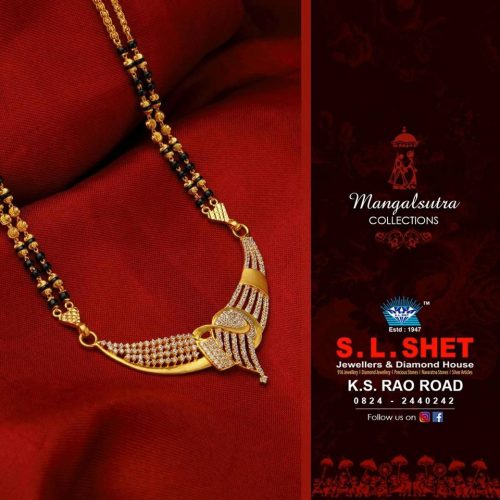 The term Mangalsutra is the union of two Sanskrit words Mangala (meaning holy) and Sutra (meaning thread). Due to its strong significance in the Hindu culture, the Mangalsutra is not considered as an ornate piece of jewellery but in fact a sacred thread of love and goodwill worn by the married Indian woman.
The term Mangalsutra is the union of two Sanskrit words Mangala (meaning holy) and Sutra (meaning thread). Due to its strong significance in the Hindu culture, the Mangalsutra is not considered as an ornate piece of jewellery but in fact a sacred thread of love and goodwill worn by the married Indian woman.

